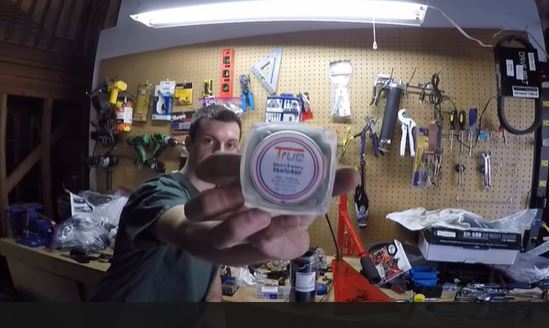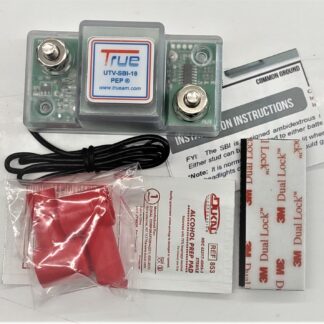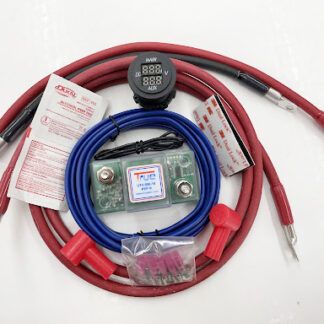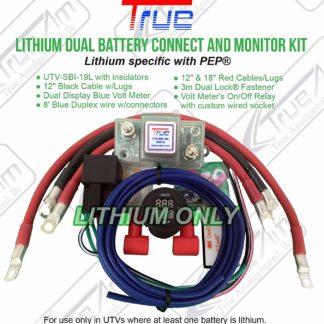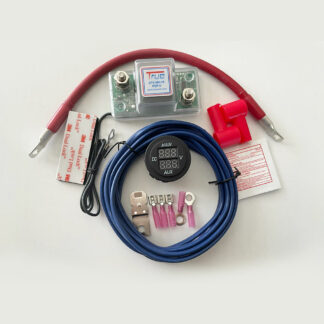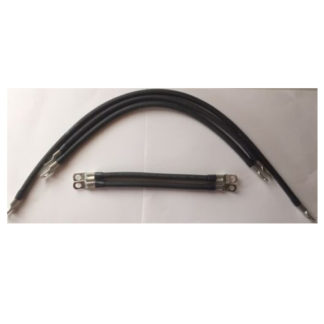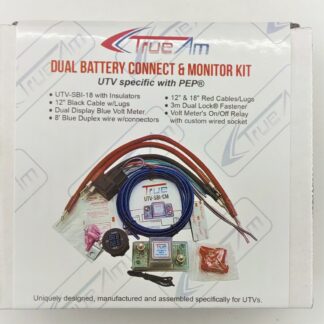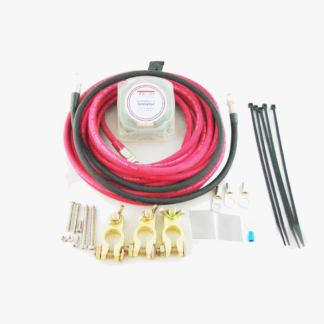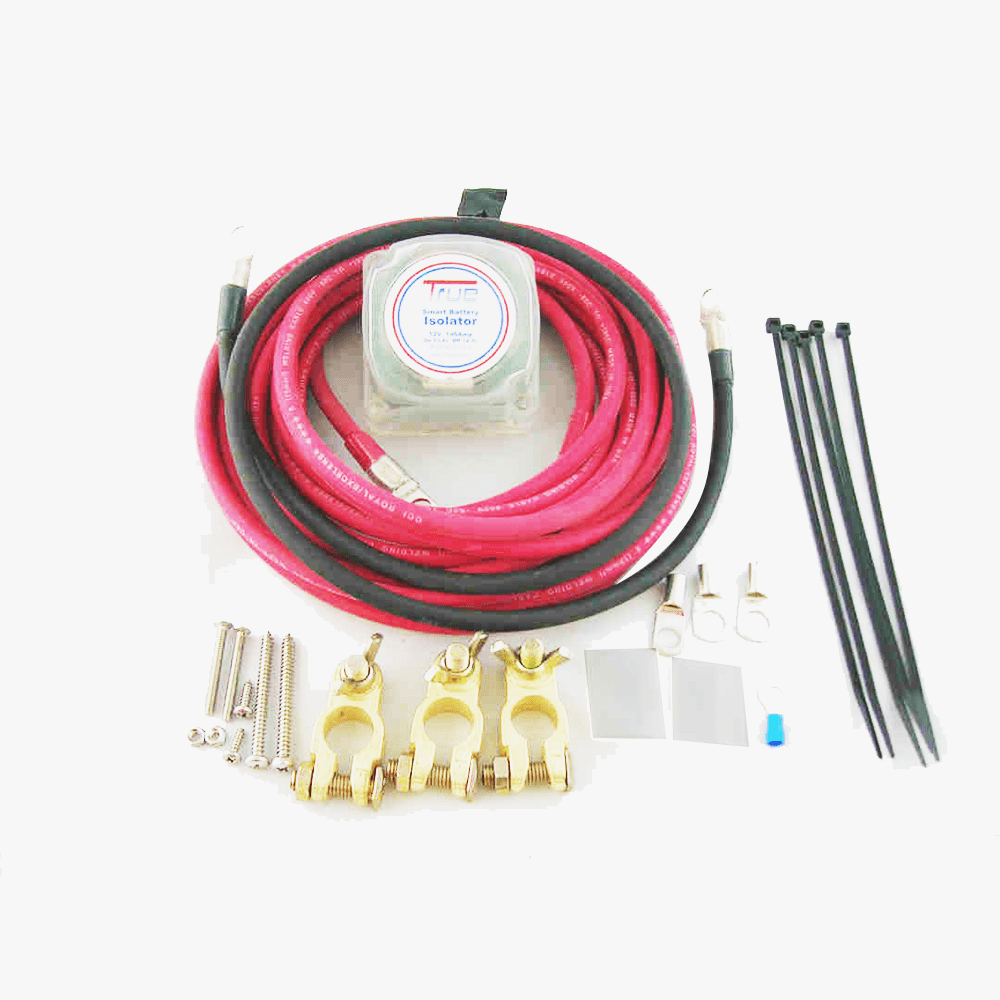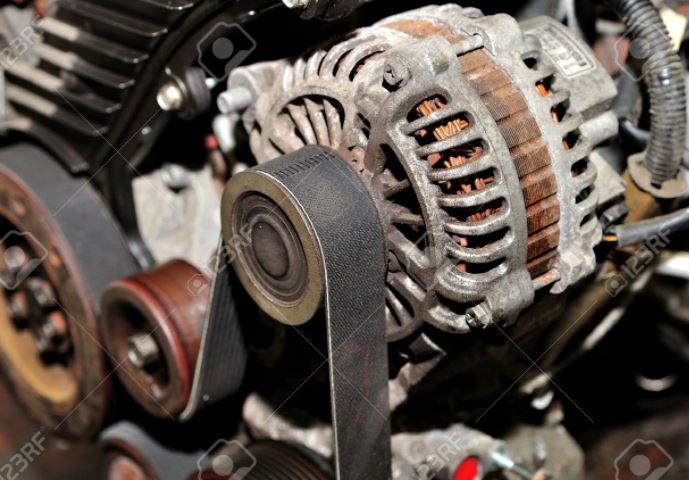
Anyone who owns a car has most likely heard of an alternator. It is responsible for keeping the battery charged to power the car’s electronic parts. The battery will never be able to power all of these electrical parts for more than a brief moment if the vehicle does not have an alternator as it does not produce sufficient energy to do so.

The alternator spins inside the vehicle when it is actively charging the battery. An alternator belt (sometimes known as a serpentine belt) wraps around one or more pulleys attached to the alternator. The pulley’s other end loops around the crankshaft. As a result, the alternator pulley allows the crankshaft and alternator to rotate simultaneously. The alternator would not have been able to perform its function without this pulley.
Indicators of a Loose Alternator Belt
The alternator belt wears down just a bit every time you drive your vehicle. It may be damaged by wear and tear, but it could also slip off from the pulley. When this occurs, you can expect a slew of indications to follow. If you observe any of these signs, you should have your alternator belt replaced as soon as possible. Otherwise, you may find yourself stranded when your vehicle’s electrical system goes down.
The five most prevalent signs of a slipping alternator belt are discussed below.
Switch On Battery Warning Light
The battery warning light should be one of the first signs you should notice. However, the activity of this warning light does not always indicate an issue with the battery. It could also be due to a potential electrical failure affecting the battery. Rather than waiting for other symptoms to surface, it is best to have a mechanic check it out or, if you are knowledgeable, take it home and investigate the problem yourself. A loosened alternator belt could be the reason for this to happen.
Faulty Lights
If you’re in your car and happen to see your headlights flickering or dimming, or the cabin lights inside your vehicle dimming, you may have a battery or alternator problem.
Because no power is flowing to the lights when the alternator belt is broken, the flickering or fading lights may stay continuous for a long period before ultimately going out. It could also be a warning that the alternator will soon be dead if it has already gone through many years.
Vehicle Stalling
Your engine may slow or stop if your alternator belt becomes too loose while driving, forcing you to park at the side of the road. It is not something you would want to happen on a congested street or during rush hour on the highway. If it occurs together with the flickering lights, a loose alternator belt becomes the prime suspect.
Screeching or Whistling Noise
If your serpentine belt is loosened, it might cause your engine to make a variety of noises. Because a loose belt does not sit flush against any moving pulleys, noise may be generated by friction. This problem is frequently heard when driving down the street, and it seems to be more prevalent in the winter. If you do not replace your alternator/serpentine belt, the situation will only get worse, to the point where the belt will slip off a pulley, or sections of it will begin to break off.
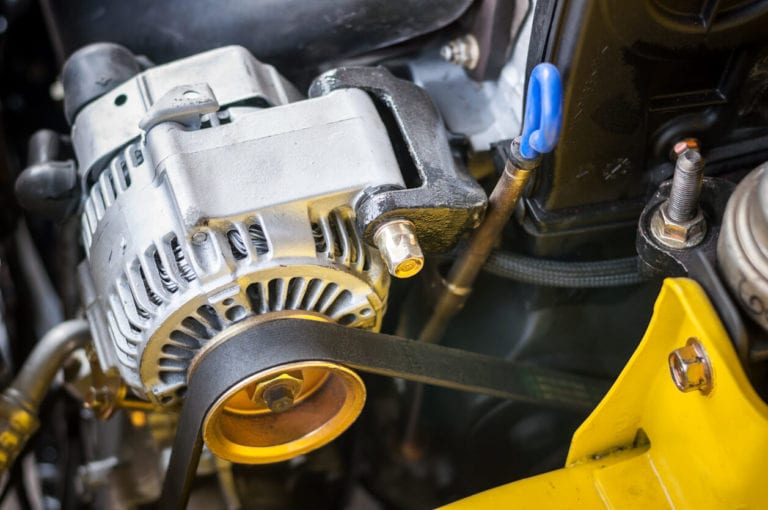
Dead Batteries
When the alternator is unable to fully charge the battery due to a slipping alternator belt, the battery will attempt to deliver all of the power to the vehicle on its own. Unfortunately, the battery will die within minutes due to its inability to meet all of the vehicle’s energy requirements on its own.
Cost of Replacing Alternator Belt
An alternator belt normally costs between $100 to $200 to replace. The cost of a part ranges from $25 to $80, while labor costs range from $75 to $120. The exact cost of an alternator belt repair will be determined by how long it takes the mechanic to gain access to your alternator belt.
It is sometimes simple to perform, so the effort will just take an hour or two. However, if the belt is difficult to get to, you may have to pay for numerous hours of labor. It should not exceed $300 at the most.
All Trueam products are warranty friendly and alternator friendly. The smart battery isolators, UTV dual battery kit, and Heavy Duty dual battery isolator are designed not to make any connection to the engine alternator. It only needs the ground and battery terminals to work with your dual battery system.
